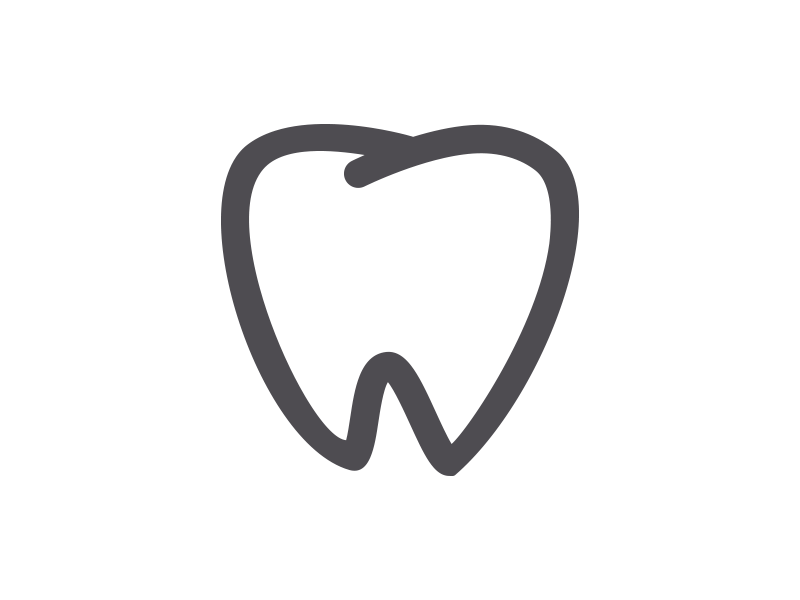Your Child’s Teeth Ages 6 to 12
Your Child’s Teeth Ages 6 to 12
Over time, your child’s baby teeth are replaced by adult teeth. A 6 to 12 year-old child has both baby and adult teeth. Together, they help children eat, speak, and smile.
At about age 5 or 6, children begin to lose their bottom and top front teeth. By age 12, they will usually lose the last of their 20 baby teeth.
Their first adult teeth usually come in between ages 6 and 7. Your child will have a mix of baby and adult teeth for a while. By the time your child is 12 to 14 years old, they usually have all of their adult teeth except their wisdom teeth.
Not all children get the same teeth at the same time. Your child’s teeth may erupt earlier or later than shown in the chart below.

A Healthy Diet Is Important for Your Child’s Teeth
A healthy diet that limits sugary beverages and snacks is good for overall well-being as well as for healthy teeth. A steady supply of sugary foods and drinks — including 100% juice, sports drinks, sodas, and energy drinks — can damage teeth. Bacteria in your child’s mouth use the sugar in foods and drinks to make acid that attacks their teeth for 20 minutes or longer.
Over time, tooth decay can develop and a cavity can form. A cavity is a hole in the outer layer of enamel of the tooth. Cavities must be treated by a dentist.
Offer water and nutritious foods such as fruit, carrot sticks, or cheese. These are healthier options than giving your child cookies, candy, potato chips, and other sweet or sticky foods.
Protect Teeth and Prevent Decay with Sealants
A dental sealant is a plastic material that is put on the chewing surfaces of the back teeth. The sealant material flows into the pits and grooves on those surfaces and acts like a barrier, protecting enamel by “sealing out” bacteria and bits of food.
Sealing a tooth is fast and painless. Sealants can last several years before they need to be reapplied. Ask your dentist if sealants will help your child.

Cleaning Your Child’s Teeth the Right Way Is Important
That’s why you should brush your child’s teeth until they have the skills to do it the right way on their own. If your child cannot tie their own shoes, then they are probably not ready to brush by themselves.
Even after your child starts to brush their own teeth, you should still watch while they brush. This helps you make sure that they are cleaning their teeth the right way. Teach them to spit out all of the toothpaste after brushing.
By around age 10 or 11, most children should be able to brush their teeth without supervision. If you’re not sure if your child is ready, talk to your dentist or dental hygienist.
Here are some tips for proper brushing:
Place the toothbrush against the tooth where it meets the gums (also called the gum line).
Use a 45-degree angle to make sure you are fully reaching the gum line as well as the tooth surface
Move the brush back and forth gently in short, soft circles. Brush the outer surface of each tooth. Use the same strokes for the inside surfaces and chewing surfaces of the teeth.
Clean Between Your Child’s Teeth Every Day
This helps remove plaque, a sticky film of bacteria from between the teeth where toothbrush bristles can’t reach. Start using floss or a floss aid when your child has 2 teeth that are next to each other. Your dentist or hygienist can show you and your child how to floss or use a floss aid.
Flossing is not easy for children to do by themselves. The ADA recommends that you floss your child’s teeth daily until they can do it alone, around age 10 or 11.

How to Properly Floss Your Child’s Teeth
Break off a good amount of floss and wind most of it around your middle or index finger.
Wind the rest of the floss around the same finger on your other hand. This finger will take up the used floss.
Hold the floss tightly between your thumbs and index fingers.
Guide the floss between your child’s teeth, using a gentle rubbing motion. Don’t snap the floss into their gums.
- When the floss reaches the gum line, curve it so that it hugs the side of one tooth.
- Gently slide it into the space between the gum and the tooth and rub the side of the tooth.
- Move the floss away from the gum with up and down motions.
- Repeat these steps on the rest of your teeth. As you move from tooth to tooth, unwind the clean floss with one finger and take up the used floss with the finger on the other hand. Don’t forget the back side of the last tooth.


Look for the ADA Seal of Acceptance when choosing products alike toothbrushes, toothpastes, floss, and floss aids. The ADA Seal means that the products have been tested and shown to help keep mouths healthy.
Braces and Bad Bites
A bad bite is when the teeth are crowded, crooked, or out of line, or the jaws don’t meet properly. A bad bite may be noticed as early as 2 years of age, but it is usually seen between the ages of 6 and 12, when the adult teeth are starting to come in.
What makes a bad bite bad?
- Crooked, crowded teeth may keep the jaws from developing evenly and properly.
- Some severe bad bites may cause trouble with eating and speaking.
- Crooked teeth can make it more difficult to keep teeth and gums clean, which can lead to tooth decay and gum disease.
- Teeth that are out of line can be worn down faster.
- A bad bite or crooked teeth may make children feel less confident about their looks.
Early treatment may help prevent a bad bite or make it less severe. The dentist checks your child’s bite at every visit, which is another reason why regular dental appointments for children are important.
This child has jaws that don’t properly meet. If not treated, it can lead to problems with facial development.

Fluoride Is Nature’s Cavity Fighter!
Fluoride (FLOOR-eyed) is a mineral that is found in all natural sources of water — even the ocean. Fluoride helps protect tooth enamel from the acid attacks that cause tooth decay. It also helps repair weakened enamel before cavities form.
Children who drink tap water that has the recommended level of fluoride are less likely to get cavities than children who do not drink fluoridated water. If you are not sure if your tap water has fluoride, ask your dentist.
Children get added protection from fluoride by getting it from more than one source. Other sources of fluoride include fluoride toothpastes, fluoride mouthrinses and fluoride treatments applied in the dental office.
Prevent Dental Injuries
Sport-related dental injuries can be prevented by wearing a mouthguard. Mouthguards help to cushion the damage to your child’s mouth from a blow or heavy hit. Dental injuries such as broken teeth, jaw injuries, or cuts to the lip or tongue are lessened when a mouthguard is used.
Your dentist can make your child a custom mouthguard that fits their mouth. Treating a sports-related dental injury can cost thousands of dollars, so a custom-made mouthguard for your child is an excellent investment!
Don’t wait to take your child to the dentist until pain or a dental emergency happens! Regular dental exams and professional cleanings can help your child have a lifetime of healthy smiles.
Patient education content ©2020 American Dental Association. All rights reserved. “ADA” and the “ADA” Logo are registered trademarks of the American Dental Association.













